Chauvet Cave, located in Southern France, was first explored in 1994. The leader of the trio of speleologists who found these beautiful cave paintings was Jean-Marie Chauvet, after whom the cave is named. The cave had been sealed for thousands of years and so remained undisturbed and the artworks were preserved in unbelievably good condition.
The Chauvet Cave contains hundreds of animal paintings, including species not found in other prehistoric cave paintings. Many predatory animals including bears, lions, panthers, hyenas and rhinoceroses are depicted in the Chauvet cave, as well as animals that are usually found in cave paintings (horses, deer, bison). The Chauvet cave paintings have been dated back 30,000 years, which made them the oldest cave paintings discovered (until recently, when a red dot painted in the Cave of El Castillo in Spain was dated 5-10,000 years earlier). Amazingly, these paintings are as fascinating as any contemporary artworks. Viewing them connects us in a very special way to these ancient artists who lived so long ago.


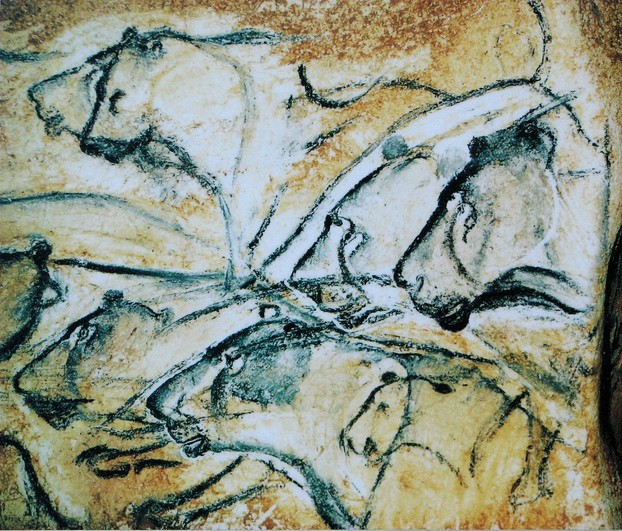
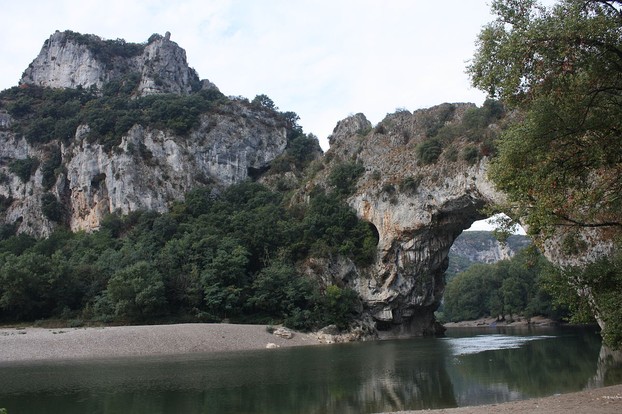

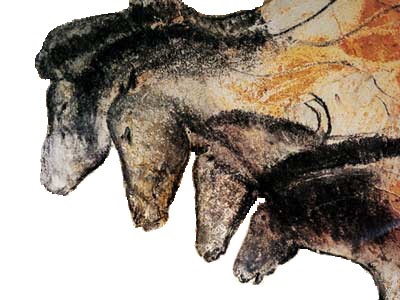

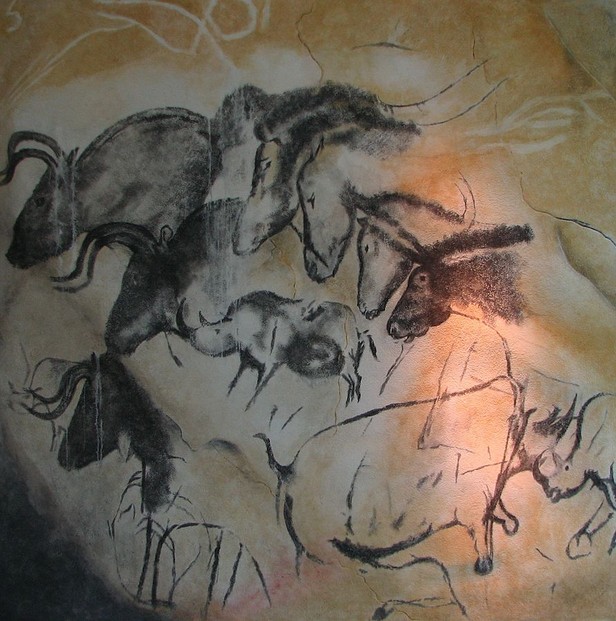

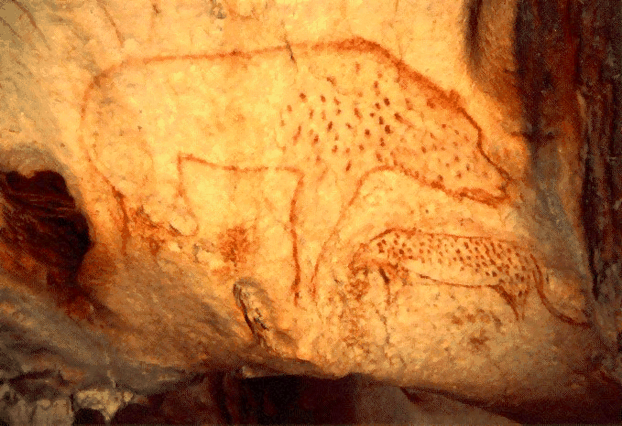
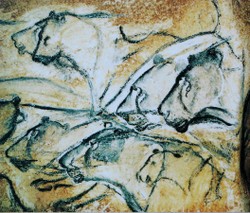

 I Published “My Reflections”on 10/02/2025
I Published “My Reflections”on 10/02/2025
 Best "Nutcracker" Movie of all Timeon 03/08/2019
Best "Nutcracker" Movie of all Timeon 03/08/2019
 Lascaux Cave Paintingson 01/18/2018
Lascaux Cave Paintingson 01/18/2018
 Bridges of the Hudson Valleyon 11/20/2017
Bridges of the Hudson Valleyon 11/20/2017

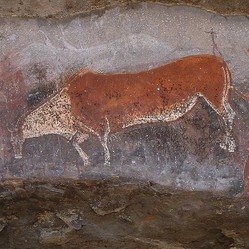
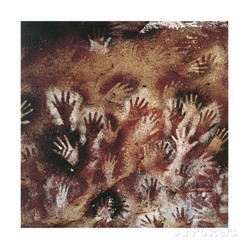
Have you visited Chauvet Cave?
Good point. I believe fire places have been found in some caves, which would have allowed for some level of illumination. Other caves have paintings on the roof, so perhaps they had torches.
Quite correct, but regular use of fire in the caves would have led to soot deposits on the roof. Have these been found? Otherwise we must postulate occasional use of the caves, maybe on ritual occasions.
Yes, surely we can assume they used fire in the caves for light.
If the intent was art as beauty we must assume there was some form of lighting, for in a dark cave without lighting it would have been difficult to have it properly appreciated. So, t implies there was at least some form of torch available.
Absolutely not! All art has several purposes, one being to manifest beauty. It can be instructional as well, without losing that element of beauty. And it can have a spiritual purpose too, as it has been suggested they drew the pictures of animals they wanted to kill. Of course some can be pictures of animals already killed, a kind of record of their prizes. For me, though, the truly beautiful nature of the images is what is most striking, and what makes them worthy of the title "art."
Need we assume that there was only one purpose for any image?
Yes, some of the images may have been used to help youngsters identify prey, and predators!
Perhaps a motive might have been instructional, as the images of aircraft and of ships used in WWII to identify an enemy. The younger members of the group might have been instructed with images of prey.
As for dating these kinds of paintings, the methods used might date the origin of the materials used, not necessarily when the images were made with them.
As one fascinated by prehistory I really liked this article. What amazes me is the artists' apprehension of form and their ability to replicate it.